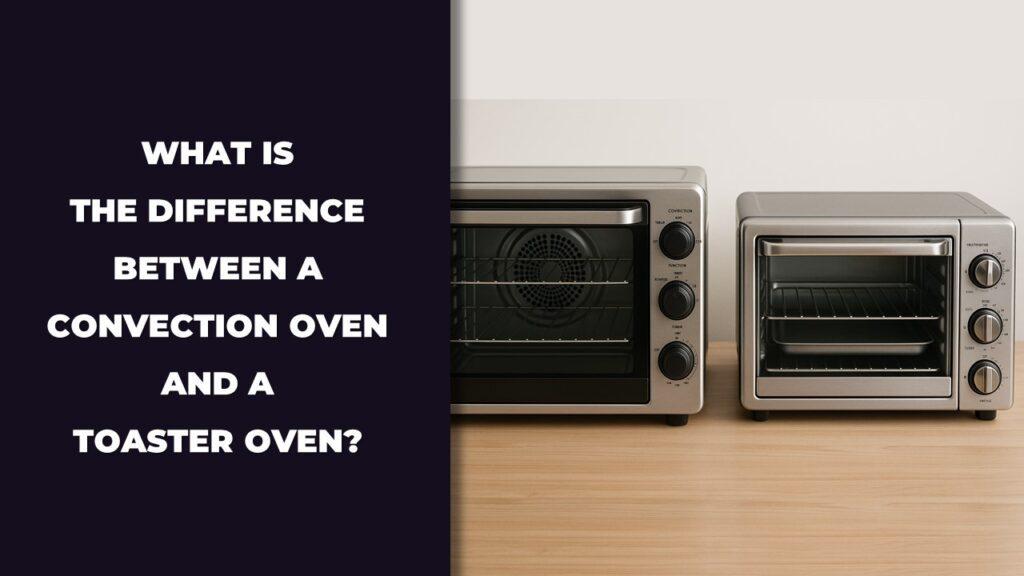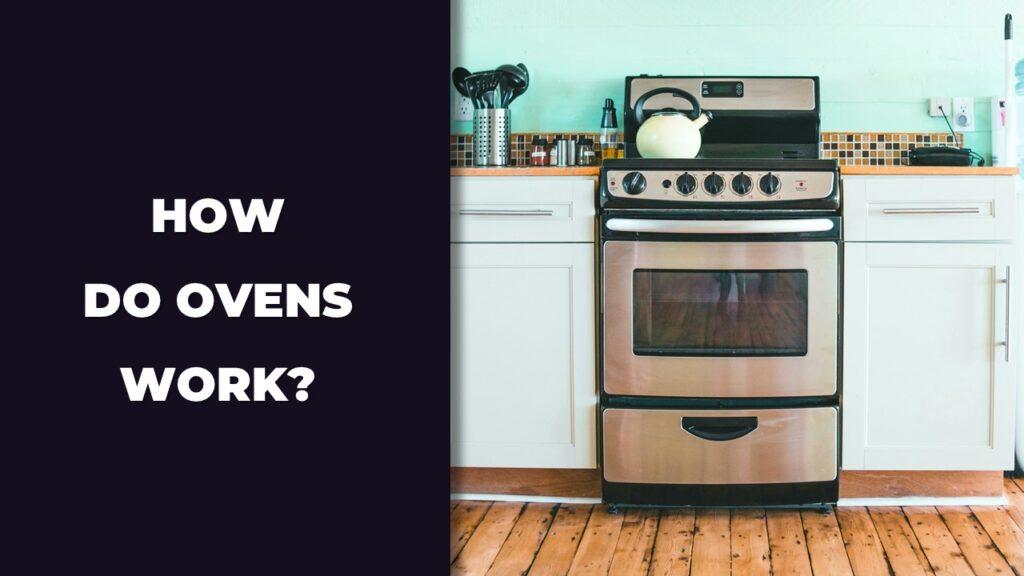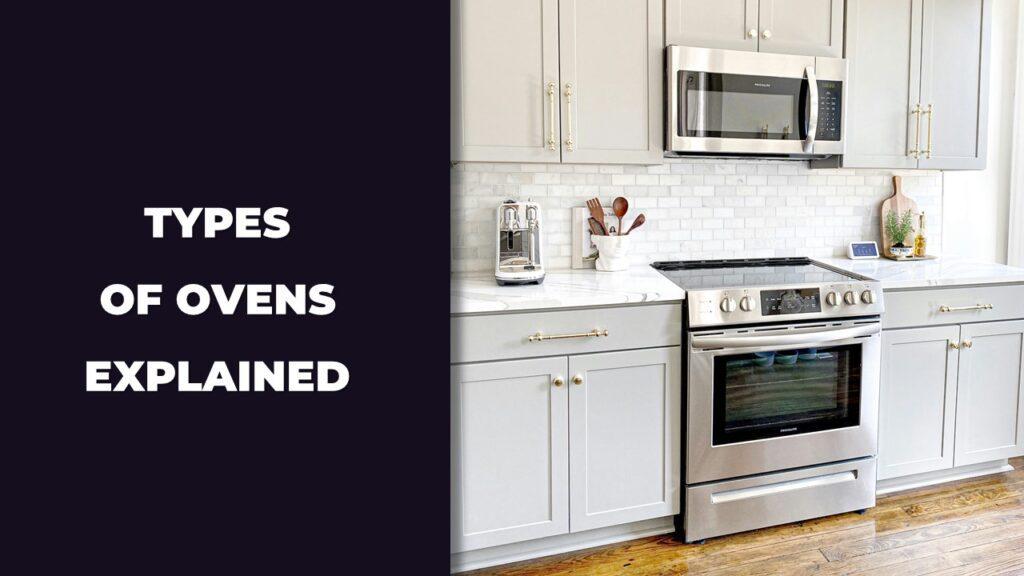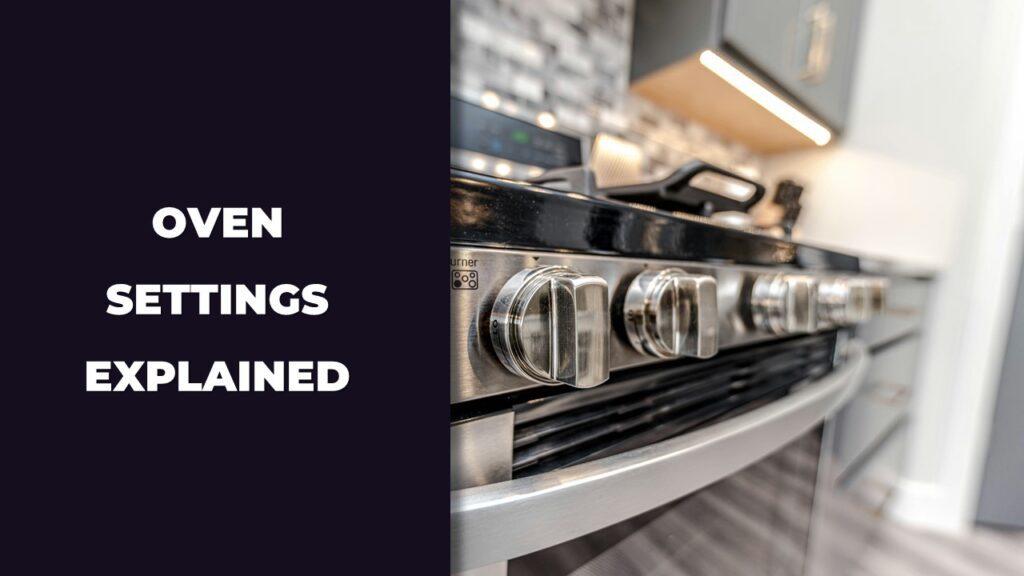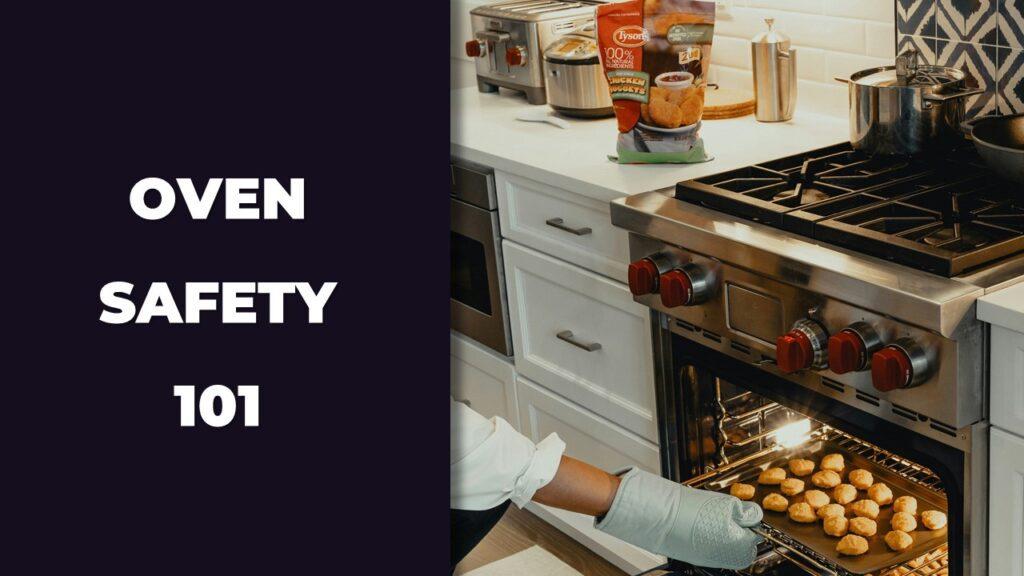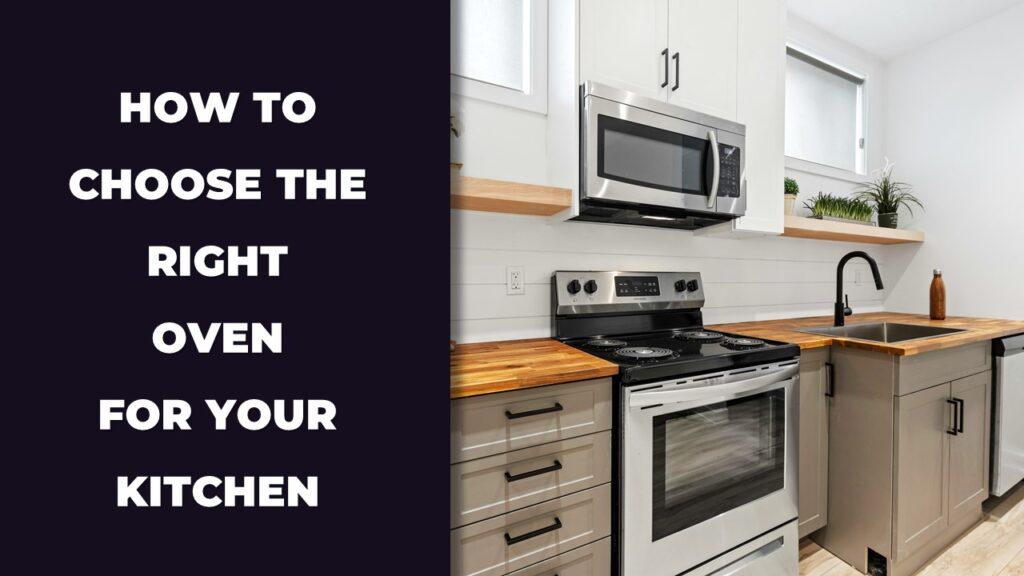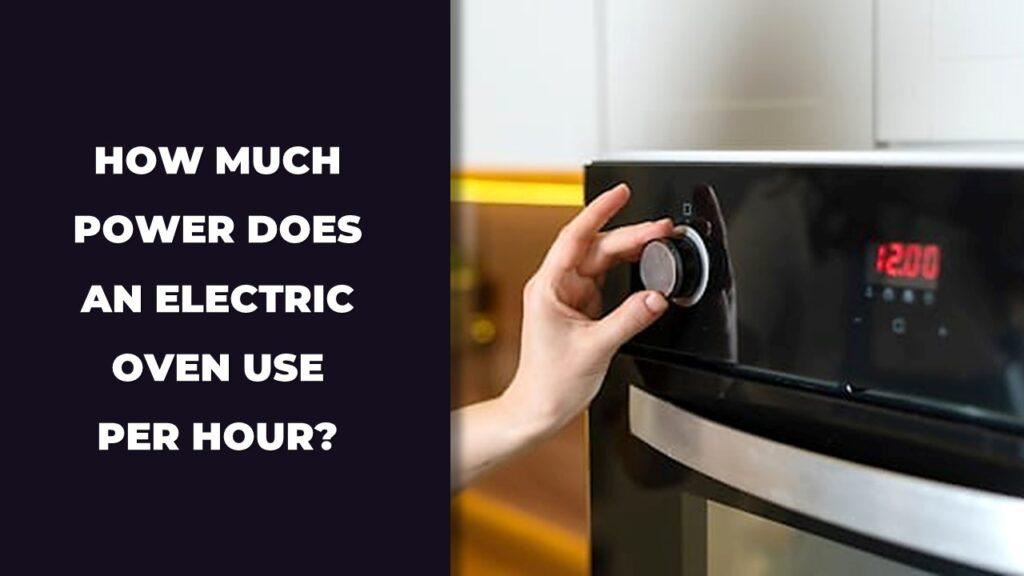
A typical electric oven uses between 2,000 and 5,000 watts per hour, which means it draws 2 to 5 kilowatt-hours (kWh) of electricity if running at full power the entire time. But here’s the thing—most ovens don’t run at full blast the whole time. They cycle on and off to maintain the temperature, so real energy use is usually around 2 to 3 kWh per hour, depending on your oven’s wattage, how long you cook, and what you’re making.
In this article, we’re going to break it all down in plain English. We’ll talk about what wattage means, how much it actually costs to run an oven, what affects its energy use, and some easy tips to help you cut back on power without messing up dinner.
Disclaimer: The average electricity cost of $0.1615 per kilowatt-hour (kWh) used in this article is based on U.S. national averages as of June 2025. Actual rates vary by state, utility provider, and energy plan. For the most accurate estimate, check your local utility bill or contact your electricity provider directly.
Breaking Down Oven Power Consumption: Wattage, Volts, Amps, And kWh
An electric oven typically uses 2,000 to 5,000 watts, depending on the size, age, and model. To figure out how much electricity that actually means, we convert watts to kilowatt-hours (kWh)—which is what shows up on your electric bill.
Here’s the simple formula:
Energy Used (kWh) = (Wattage × Time in Hours) ÷ 1,000
So, if your oven is rated at 3,000 watts and runs for 1 hour:
3,000 × 1 ÷ 1,000 = 3.0 kWh
3.0 × $0.1615 = $0.48 per hour
That’s the average cost in the U.S. as of June 2025, based on the national average of 16.15 cents per kWh. But remember, some states are higher or lower. In California, for instance, you might be paying over 22 cents, while in Washington it could be closer to 11 cents.
Now let’s talk about what powers the oven.
Most full-size electric ovens in U.S. homes run on 240 volts and draw between 20 and 50 amps, depending on their power rating and features. You can calculate wattage like this:
Watts = Volts × Amps
Some examples:
- Standard oven: 240V × 20A = 4,800 watts
- Mid-sized built-in oven: 240V × 15A = 3,600 watts
- Small countertop oven: 120V × 12.5A = 1,500 watts
That wattage rating tells you the maximum the oven can pull, but in reality, ovens rarely run at full power for an entire hour. They usually cycle on and off to maintain the set temperature. So the actual usage per hour might be 60–80% of the rated wattage.
Let’s say your 4,800-watt oven runs for 1 hour, but only cycles at full power 50% of the time:
4,800 × 0.5 = 2,400 watts → 2.4 kWh × $0.1615 = $0.39 per hour
That’s a more realistic cost per hour of actual cooking.
Knowing your oven’s voltage, amperage, and power draw helps you estimate energy usage better, especially if you’re budgeting for backup power or watching your monthly bill.
How Different Cooking Tasks Affect Energy Use
Your oven’s power use isn’t the same throughout the cooking process. Preheating, cooking, and warming all draw different amounts of electricity. A 3,000-watt oven might pull its full power at the beginning but use less as it cycles during baking.
Here’s how it breaks down:
Preheating Phase
Preheating is when the oven works hardest. It runs at full wattage until it hits the set temperature.
Here’s what that looks like in real numbers:
- 3,000W oven preheating for 10 minutes:
3,000 × (10 ÷ 60) ÷ 1,000 = 0.5 kWh
0.5 × $0.1615 = $0.08
- 4,000W oven for 15 minutes:
4,000 × (15 ÷ 60) ÷ 1,000 = 1.0 kWh
1.0 × $0.1615 = $0.16
- 5,000W oven for 20 minutes:
5,000 × (20 ÷ 60) ÷ 1,000 = 1.67 kWh
1.67 × $0.1615 = $0.27
The more powerful the oven, or the longer it takes to preheat, the higher the energy cost. Older ovens often preheat slower and use more energy doing it. If you open the door during this stage, it’ll just take longer—and burn more power.
Active Cooking Time
Once the oven hits your desired temperature, it enters a cycle mode. The heating elements turn on and off to keep the heat steady. During this phase, the oven runs at less than full power.
For example:
- A 3,000W oven cycling at 65% for 1 hour:
3,000 × 0.65 = 1,950 watts average
1.95 kWh × $0.1615 = $0.31 per hour
Higher temperatures usually mean more power draw:
- 350°F (standard baking): around 60–65% cycling
- 425°F (roasting): up to 80–85% cycling
- 250°F (low and slow): around 40–50%
Also, cooking dense or frozen items, like casseroles or roasts, uses more power because the oven needs to maintain high heat longer.
Standby Or Warm Mode
After cooking, many ovens stay warm or shift into standby mode, especially newer models. While this seems low-effort, it still uses power.
Typical standby usage:
- Basic ovens: 100 to 250 watts
- Smart ovens with warm features: 300 to 500 watts
If your oven holds heat for 30 minutes at 300 watts:
300 × 0.5 ÷ 1,000 = 0.15 kWh × $0.1615 = $0.02
Not a big hit by itself, but if you forget to turn off the oven and it idles for an hour:
4,000W × 1 ÷ 1,000 = 4.0 kWh × $0.1615 = $0.65 wasted
Little things like turning the oven off promptly after cooking can save more than you’d think over a month.
Each stage of oven use pulls energy differently. Preheating is short but intense, active cooking is steady but cycles, and warm mode quietly adds up. If you’re trying to cut your electricity bill or plan for power needs, understanding these phases helps you cook smarter.
Real-Life Scenarios: Power Use And Cost Estimates
A typical electric oven uses 2 to 5 kilowatt-hours (kWh) per hour, depending on its wattage and how it’s used. If you run your oven a few times a week, those numbers can add up fast on your electric bill. The cost varies by usage hours, oven power, and your electricity rate.
To make things clearer, we’ll walk through different usage patterns—from occasional baking to daily meal prep—and show you exactly how much energy and money that might mean each month.
Hourly, Daily, Monthly, And Yearly Usage
Let’s say you use a 3,000-watt oven, which is common for standard models. If you cook for 1 hour a day, here’s how it plays out:
Hourly:
3,000 watts = 3.0 kWh
3.0 kWh × $0.1615 = $0.48 per hour
Daily (1 hour/day):
3.0 kWh × 7 days = 21 kWh per wee
Monthly:
21 kWh × 4 weeks = 84 kWh per month
84 × $0.1615 = $13.57 per month
Yearly:
84 × 12 months = 1,008 kWh/year
1,008 × $0.1615 = $162.82 per year
If you only bake once or twice a week, your usage and costs will be much lower. But if you cook daily or have a big household, it adds up fast.
Common Use Case Table
Here’s a quick table showing how different ovens and usage patterns affect your monthly energy use and cost:
| Oven Wattage | Hours/Week | Monthly Usage (kWh) | Cost (@ $0.1615/kWh) |
| 2,000W | 5 hrs | 40 kWh | $6.46 |
| 3,000W | 7 hrs | 84 kWh | $13.57 |
| 4,000W | 10 hrs | 160 kWh | $25.84 |
You can adjust the numbers depending on how often you cook or what size oven you use.
Calculator Formula For Custom Estimates
Want to figure out your own oven costs? Just follow this simple formula:
Step 1: Find energy used (kWh)
Watts × Hours ÷ 1,000 = kWh
Step 2: Find the cost
kWh × Your Electricity Rate = Total Cost
Example:
Using a 3,600W oven for 1.5 hours at $0.1615/kWh:
3,600 × 1.5 ÷ 1,000 = 5.4 kWh
5.4 × $0.1615 = $0.87
Keep in mind, most ovens don’t run at full power the entire time, so actual usage may be 20–30% lower depending on cycling.
Comparing Electric Ovens To Other Appliances
Electric ovens use more power than many other kitchen appliances because of their high wattage and long run times. But the difference really shows when you compare them to things like stovetops, microwaves, and gas ovens.
Knowing the differences helps you choose the right appliance for the job—and manage your energy costs better.
Oven Vs Stove Top
Stovetops generally use less electricity per session because they heat a smaller area for a shorter time.
- Small burner: 1,200–1,500 watts
- Medium burner: 1,800–2,000 watts
- Large burner: 2,500–3,000 watts
Boiling water for 15 minutes on a 2,000W burner:
2,000 × 0.25 ÷ 1,000 = 0.5 kWh → $0.08
So for quick tasks like frying an egg or boiling pasta, a stovetop is far more energy-friendly than firing up the entire oven.
Oven Vs Microwave
Microwaves are built for efficiency. They cook food faster and use much less energy.
- Typical microwave: 600–1,700 watts
- Heating leftovers for 3 minutes at 1,200 watts:
1,200 × 0.05 ÷ 1,000 = 0.06 kWh → $0.01
For reheating or small meals, a microwave is a better choice. It saves both time and energy. The oven is better when you need crisping, browning, or large-batch baking.
Oven Vs Gas Oven
Gas ovens cost less to run in most areas, especially where gas prices are lower than electricity rates. But electric ovens are often more precise, and they heat evenly across the cooking surface.
- Gas ovens: Lower operating cost, but slower preheat times
- Electric ovens: Higher energy cost, but better for baking and consistent temps
If you’re comparing utility bills, check both your gas rate (per therm) and electric rate (per kWh) to see what makes more sense for your home.
What Affects Oven Efficiency And Energy Use
An oven’s efficiency depends on its size, age, cooking method, and insulation. Larger or older ovens typically use more energy, while well-insulated or convection-style models tend to cook faster and waste less heat. Small details like worn door seals or cooking style can have a bigger impact than most people think.
Let’s look closer at the key things that affect how much electricity your oven really uses.
Size And Capacity
A bigger oven takes longer to heat up and uses more power to stay hot. Double ovens or commercial-style ranges, for example, often run between 4,000 and 5,000 watts, while compact or single wall ovens may run closer to 2,500 to 3,000 watts.
If you regularly cook small meals or single dishes, using a full-size oven can waste energy. A smaller oven heats faster and holds heat better, making it more efficient for everyday use.
Age And Model Efficiency
Older ovens aren’t just slow—they often use more electricity. Many lack proper insulation and cycle less efficiently. If your oven is 10–15 years old, chances are it’s drawing more power than a newer model doing the same job.
Newer ovens—especially those with ENERGY STAR certification or built-in smart features—tend to cook more evenly, preheat faster, and use better internal sensors to cycle power efficiently.
Cooking Method: Bake, Broil, Convection
How you cook makes a real difference.
- Baking uses steady, moderate heat and cycles gently, making it relatively efficient.
- Broiling blasts direct heat from the top element, drawing full power for longer periods.
- Convection cooking uses a fan to circulate air, reducing both temperature and cook time, making it the most energy-friendly method for many meals.
If your oven has a convection setting, it’s a good idea to use it when possible. It shortens cook time without sacrificing results.
Insulation And Door Seals
If heat escapes, your oven has to work harder to keep up. Bad insulation or cracked door seals can lead to longer preheating, more cycling, and uneven temperatures. Even a small gap lets heat leak out, wasting electricity.
It’s worth checking your oven door once in a while. If the gasket feels brittle or loose, replacing it is a cheap fix that can instantly improve efficiency.
How To Reduce Electric Oven Power Usage
You can cut oven energy use by making small, smart changes. From better cooking habits to switching appliances for certain tasks, there are easy ways to save electricity without changing your cooking style.
Smart Cooking Habits
Little changes go a long way.
- Only preheat when necessary. Many dishes—especially casseroles or baked pasta—don’t need it.
- Keep the door closed while cooking. Every time you open it, heat escapes and the oven kicks on again.
- Try batch cooking. Making two meals at once uses the same heat for double the output.
- Turn off the oven a few minutes early. It’ll stay hot long enough to finish cooking most dishes.
Equipment Upgrades
If your oven is over a decade old or you’re noticing uneven cooking, it might be time for an upgrade. Look for:
- ENERGY STAR rated ovens, which are designed to waste less energy
- Smart ovens, which adjust cooking cycles automatically
- Convection ovens, which reduce cooking times without using extra power
These features don’t just save energy—they can make cooking faster and more predictable too.
Alternative Appliances For Small Tasks
For simple jobs like reheating pizza or baking a few cookies, it’s often better to use a smaller appliance.
- Microwaves heat fast and use less power
- Toaster ovens are perfect for one-person meals
- Air fryers use quick, circulating heat for crisping without long preheating
Using the right tool for the right task can make your kitchen more efficient without sacrificing results.
Conclusion
So, how much power does an electric oven use per hour? The answer usually falls between 2 and 5 kilowatt-hours, depending on the oven’s size, wattage, and how long it’s used. But most ovens don’t run at full power the entire time, so actual usage is often lower.
We’ve looked at what affects oven efficiency, how cooking methods and habits change your energy use, and how to estimate your real costs. Whether you cook daily or just now and then, knowing how your oven behaves can help you make smarter choices.
If you’re trying to save on your electricity bill or plan for backup power, this kind of understanding really matters. A few small changes—like using convection mode or checking your door seals—can help your oven work better, last longer, and waste less energy.
Related FAQs
Does An Oven Use Electricity When Idle Or Off?
Yes, many electric ovens draw a small amount of power even when not actively cooking. This is called phantom load, and while it’s usually minor—often under 5 watts—it can add up over time if the oven stays plugged in 24/7.
Can I Run An Oven On A Generator?
Yes, but only if your generator can handle the load. Most ovens need 3,500 to 5,000 watts, especially during preheating. For safety and reliability, a cycle-friendly inverter generator is your best option, especially if you’re powering other appliances at the same time.
How Much Does It Cost To Run An Oven For 30 Minutes?
Using a 3,000-watt oven for 30 minutes: 3,000W × 0.5 hours = 1.5 kWh. At $0.1615 per kWh, that’s about $0.24 per session.
Is Convection Cooking Always More Efficient?
Yes, for most foods. Convection ovens use a fan to circulate hot air, which means you can cook at lower temperatures and for shorter times. This reduces energy usage without sacrificing results, especially for roasting and baking.
Does Oven Size Affect Energy Consumption?
Absolutely. Larger ovens take longer to heat up and require more energy to maintain a temperature. If you’re cooking small meals, a compact or countertop oven is more efficient and costs less to operate.
Why Does My Oven Keep Clicking Or Cycling On And Off?
That’s normal. Ovens cycle the heating element on and off to maintain the set temperature. The more heat escapes, like from opening the door or poor insulation, the more frequently it will cycle, increasing energy use.

At our core, we’re a group of passionate households and gardening tools and appliances users and enthusiasts. We dive deep into the world of tech, especially when it’s about your household or gardening electric items. We try to provide as much value to the readers with our information and how to blog articles as possible. For affiliate articles our honest and transparent reviews of essential tech products are rooted in real-world experience. We take great satisfaction in offering unbiased evaluations, ensuring that you can make informed decisions when investing in your desired techs.

